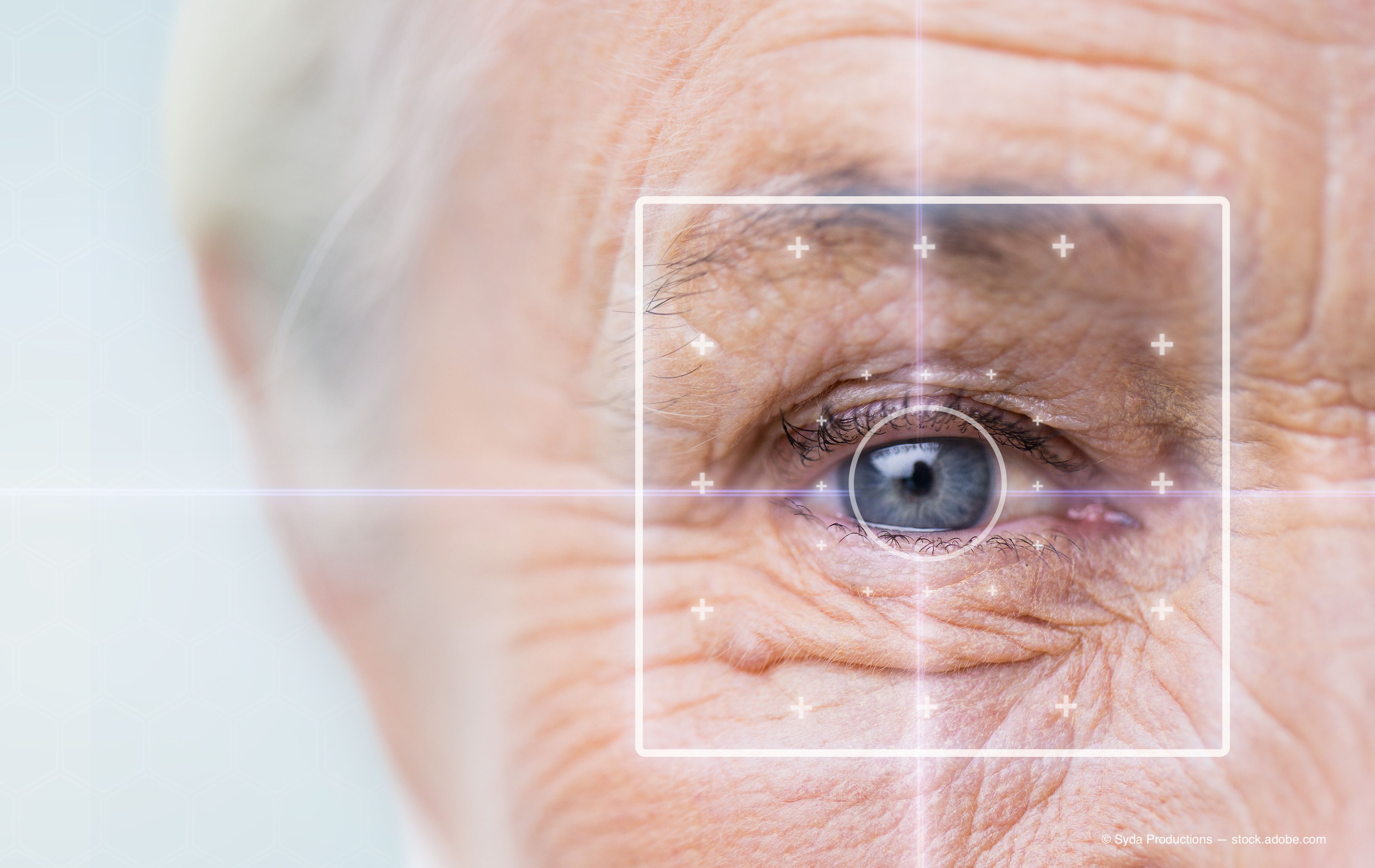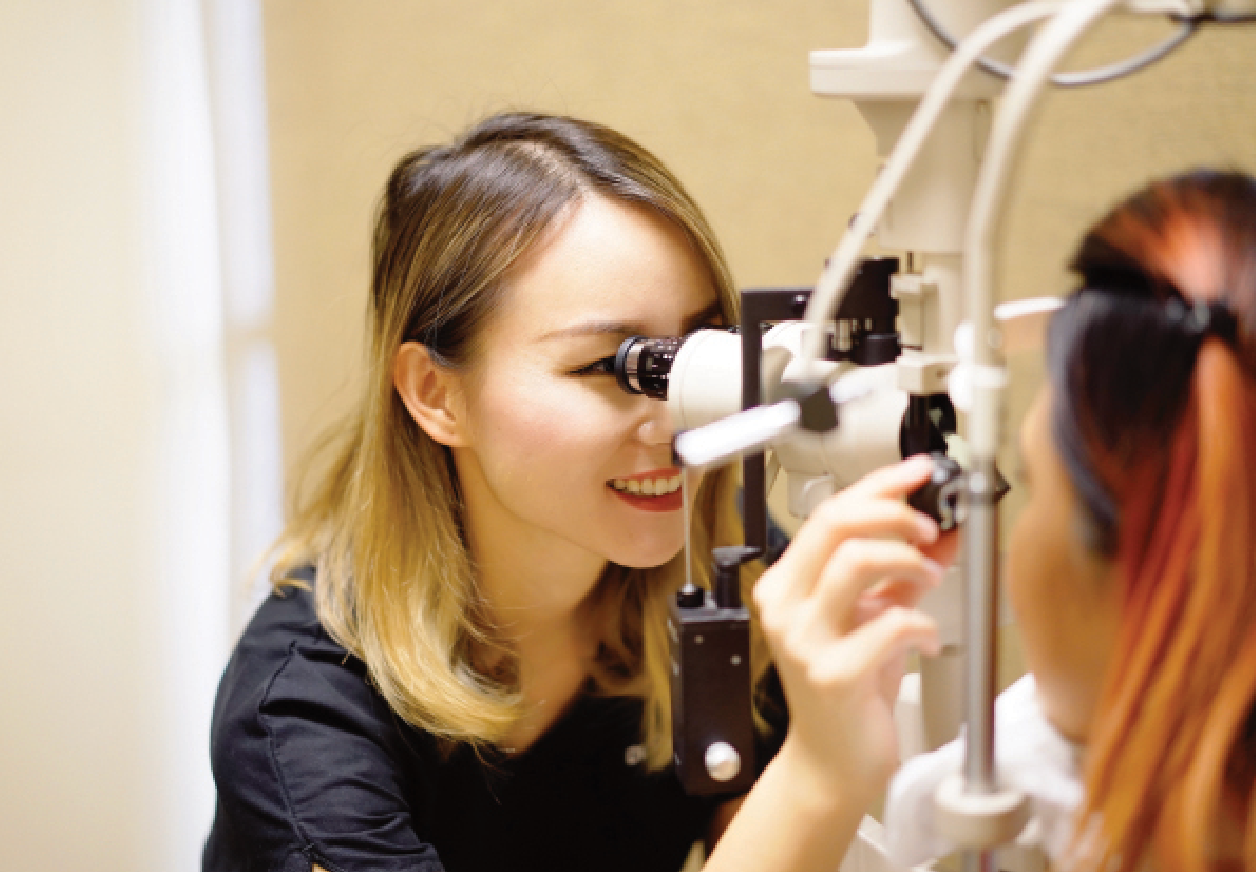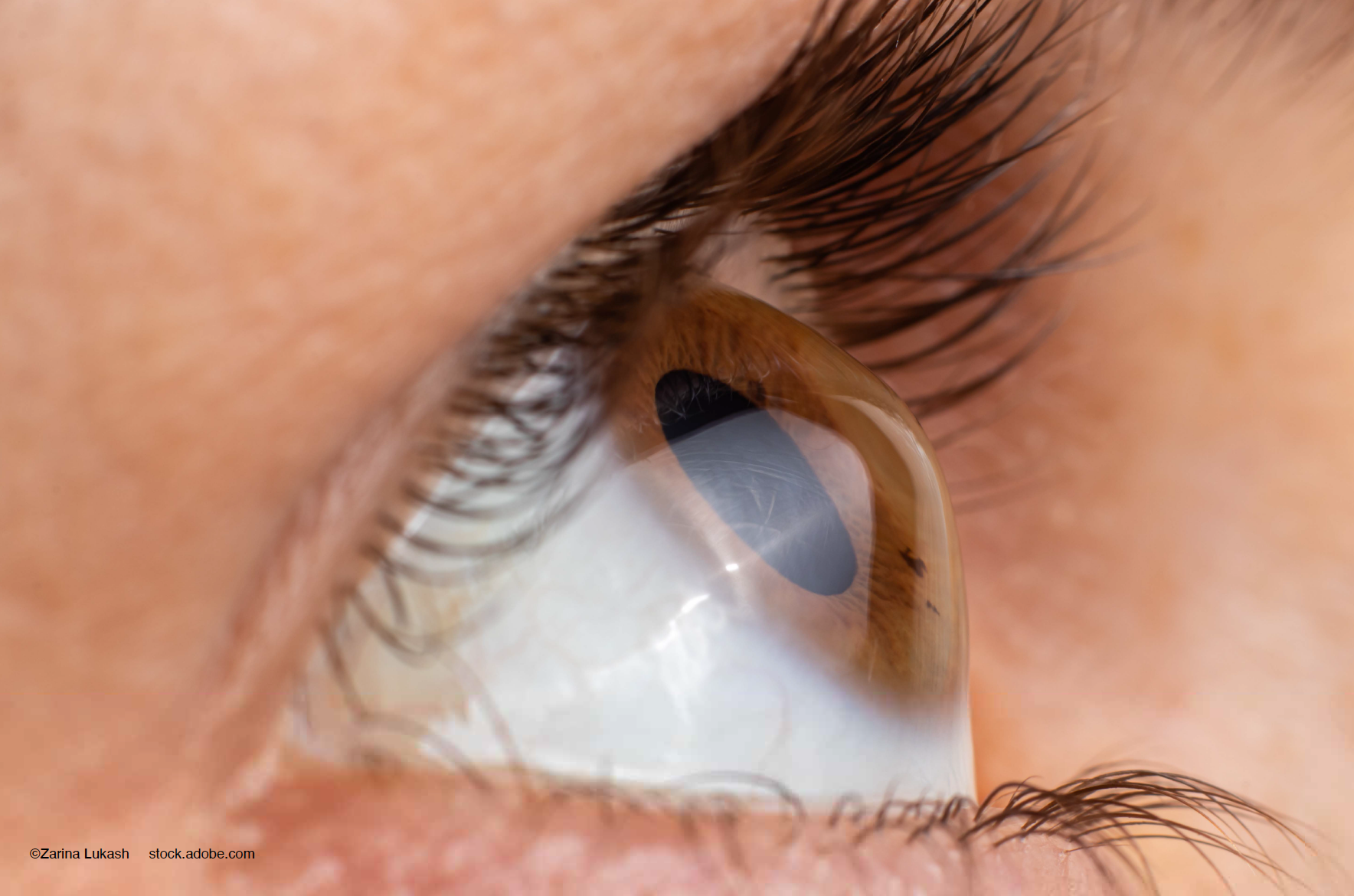Article
New therapies needed for allergy symptoms, quality of life
Half of patients with ocular allergies report experiencing symptoms year-round. While nearly all of them take eye drops to treat their symptoms, the majority report limited or no effect from over-the-counter drops, according to a new survey. The results suggest that new treatment approaches would improve both symptoms and quality of life.
Reviewed by Paul Gomes and Emily Schoemmell
Take-home: Half of patients with ocular allergies report experiencing symptoms year-round. While nearly all of them take eye drops to treat their symptoms, the majority report limited or no effect from over-the-counter drops, according to a new survey. The results suggest that new treatment approaches would improve both symptoms and quality of life.
An updated survey on the impact of ocular allergy, which includes questions about quality of life and the clinical aspects of allergic conjunctivitis, points to the need for new and better therapy.

Courtesy of Ora
The vast majority of the nearly 200 patients, all of whom were selected from an ocular allergy clinical trial database, said their treatment either worked only part time or not at all. Many respondents said they had not seen a healthcare professional for help with their condition.
“Surprisingly, out of all the respondents that filled out the survey, about 67% had never seen an ophthalmologist or sought medical attention to treat their symptoms,” said Emily Schoemmell, manager, allergy, at Ora Inc., Andover, MA, which conducted the survey. “We found that out of the people who have used over-the-counter (OTC) drops, there’s still an unmet need. About 90% of the respondents feel that their OTC drops either work some of the time or none of the time.”


Courtesy of Ora
Over half (51%) of respondents reported ocular allergy symptoms year-round. The majority of respondents (85%) used treatment, with 53% using both eye drops and systemic medication and about 25% using only one or the other.
Over two-thirds (69%) of respondents had used OTC eye drops to treat their allergic conjunctivitis. Among the third of individuals who had seen an eye doctor, 53% had used prescription eye drops.
Patients not seeing relief
Patients not seeing relief
The findings of this survey validate the view that despite the availability of medications for ocular allergy, including long-lasting OTC and prescription products-mast-cell stabilizers and antihistamines-many patients are not getting the results they hope for, said Paul Gomes, vice president, allergy, Ora.
“These medications work well against itch, but for people who have allergies year-round, they either work some of the time or not at all,” Gomes added. “There is still a need for therapies with different mechanisms of action that can actually stop allergy instead of just masking the number one symptom, which is itching.”

Courtesy of Ora
When asked about the important qualities in an eye drop, 47% of respondents wanted a drop that would work for both itching and redness, and 39% cited a drop that would treat itching quickly.
New treatment approaches that would prevent the degranulation of mast cells might bring more relief to patients, Gomes pointed out. “These would improve patients’ quality of life and give them greater satisfaction.”
He added that simply making products available OTC has not “solved” ocular allergy.
While allergy shots are effective for some people, there is room for improvement there too, Gomes said. “It takes a time commitment of having multiple shots throughout the year, and compliance is an issue.”
Only 12% of survey respondents had tried immunotherapy, although 67% said they would consider it.
Survey continues on
Survey continues on
These and other findings were derived from an IRB-approved questionnaire to assess the impact of ocular allergy on quality of life from the patient’s perspective and identify emerging trends. Although the participants were located in different parts of the country, results were consistent across the entire survey population, Gomes said.

Courtesy of Ora
Researchers from Ora had conducted a similar survey, reported at the 2013 Association for Research in Vision and Ophthalmology (ARVO) meeting. The research firm presented new data from an updated survey at the 2017 ARVO meeting. “It’s a living, breathing, dynamic questionnaire that we intend to be using for many years to come, comparing it over the years and also revising it periodically,” Gomes said.
While there are similarities in the results of the two surveys, such as the common complaints of allergy sufferers-itching, watery eyes and tearing, and redness-the newer survey included questions on quality of life as well as respondents’ concomitant allergic medical history.
In the quality-of-life section, the common complaints were feelings of frustration and irritability and the impact on outdoor activities. Other complaints included a feeling of tiredness, lack of productivity, consciousness of the appearance of their eyes, and problems with visual tasks, such as reading or watching movies.
Limited efficacy
Limited efficacy
The high rate of limited efficacy reported for treatment with OTC medication, combined with the frequency of year-round allergy problems, points to a need for improvements in therapy and strategies to encourage individuals to take advantage of existing therapeutic options that may improve their quality of life, Gomes said.
The survey results also indicated that multiple allergies were common, Schoemmell said. The data showed that 90% of respondents had nasal symptoms as well as allergic conjunctivitis, while 40% reported a skin allergy, 16% a drug allergy, and 9% a food allergy; 15% had asthma.
The survey also was designed to explore an overlap between ocular allergy and dry eye, with 48% of respondents reported symptoms of dry eye along with conjunctivitis. However, only 31% were using artificial tears to treat dry eye, and 69% who said they do not use do, however, have the desire to use them.
Data of this sort would be important in designing clinical trials to document the extent of this overlap and develop treatment strategies, Gomes said.
Emily Schoemmell
E: eschoemmell@oraclinical.com
Paul Gomes
This article is based in part on a poster presented at the 2017 Association for Research in Vision and Ophthalmology meeting. Gomes and Schoemmell are employees of Ora Inc. Neither has any other commercial disclosures.
Newsletter
Don’t miss out—get Ophthalmology Times updates on the latest clinical advancements and expert interviews, straight to your inbox.





